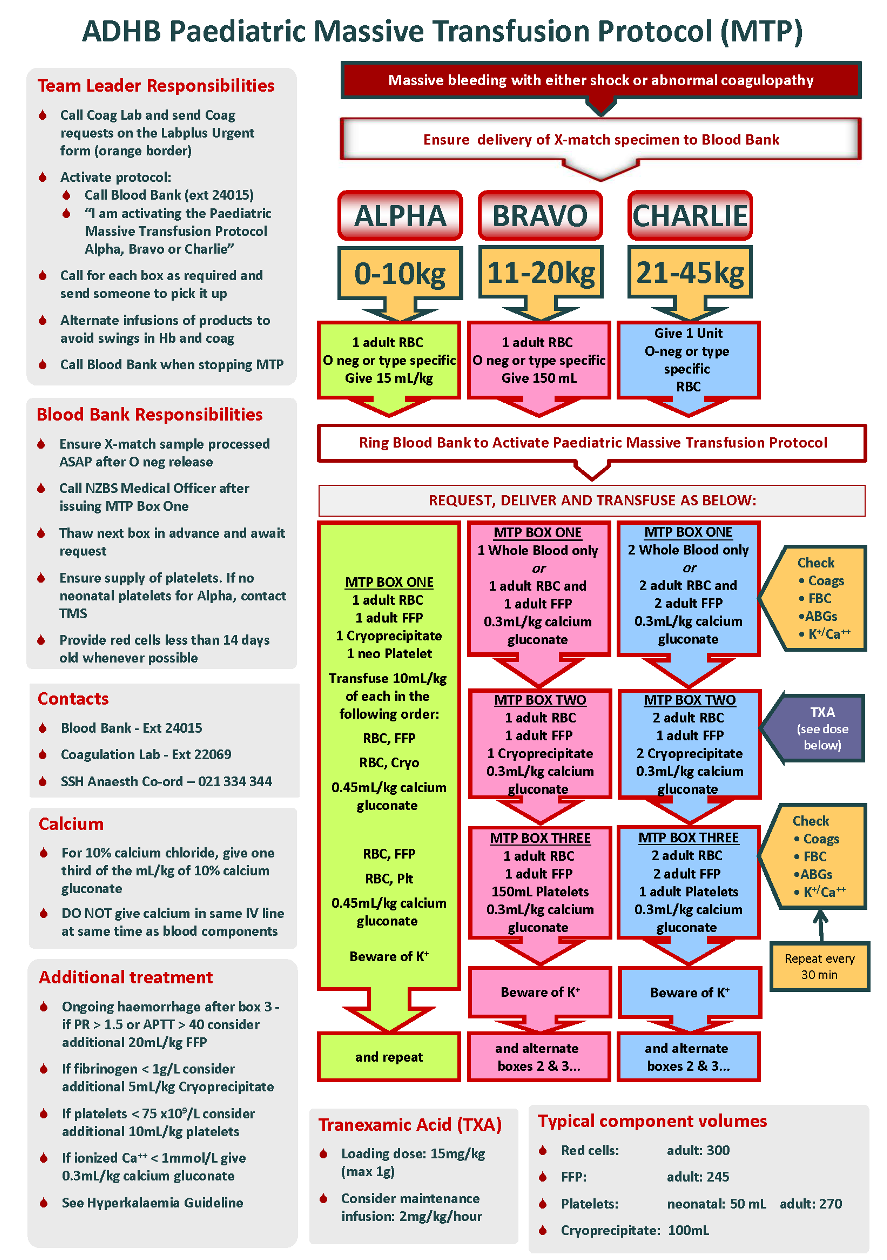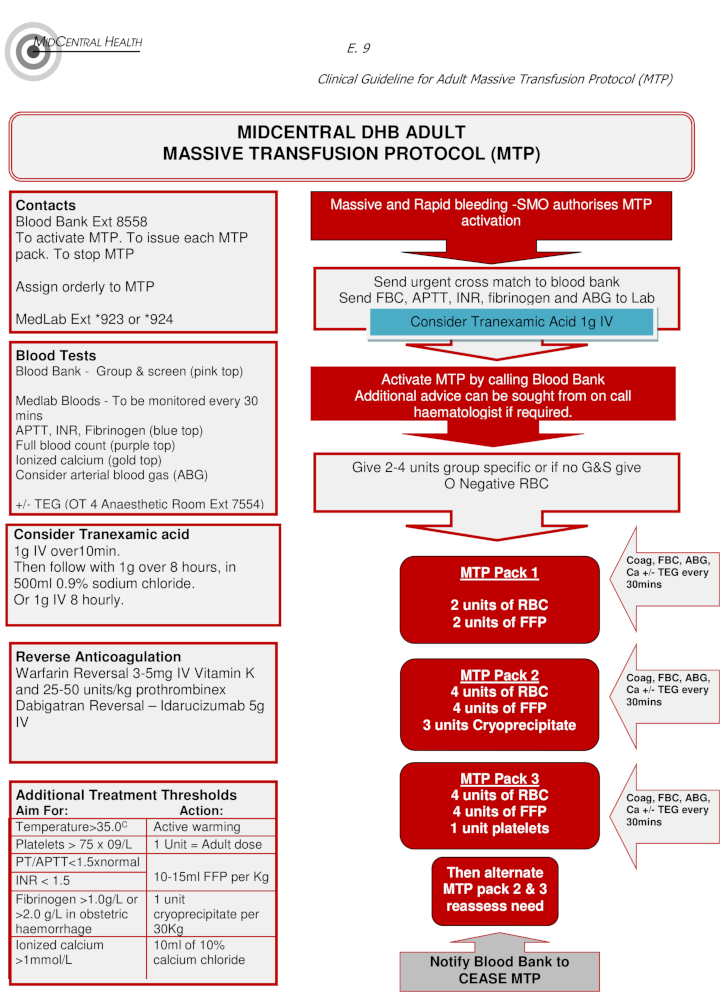
When looking at your program and seeing that not all patients predicted are getting to 10 units of RBCs shouldn't be viewed as a failure. So, it will get products to the bedside when you need them (even though you may not end up using them all), but will only miss bringing the products to the bedside in a small number of cases. In a multi-center validation study, the ABC Score demonstrated a negative predictive value of over 95%, meaning that the score missed less than 5% of patients who ultimately received a massive transfusion. So, if you are going to use the ABC, you should be doing FAST on every patient (and doing them well). In the initial development dataset and in subsequent validation datasets, the most powerful predictor of the four individual components was positive FAST. The biggest pitfall or inappropriate use is in settings where your ED/trauma team does not use FAST/ultrasound (or isn't very facile with FAST). What pearls, pitfalls and/or tips do you have for users of the ABC Score? Do you know of cases when it has been applied, interpreted, or used inappropriately? More recently, we have shown that every minute (every 60 seconds!) delay in activating your MTP after patient arrival is associated with a 5% increase likelihood of mortality, as is every minute delay in receiving the coolers once activated. We saw at our hospital that delays in activation (activating it as little as 10-15 later) were associated with an almost 3-fold increase in mortality. We developed the ABC Score to help to remind physicians to activate their massive transfusion protocol (MTP) quicker.

Why did you develop the ABC Score? Was there a particular clinical experience or patient encounter that inspired you to create this tool for clinicians? You can always send the products back if you don't end up needing/using them (and should in an expeditious manner). At the end of the day, it's about having the products your patient needs at the bedside when you need them and not waiting for them. What we have done is look at predicting those who receive one cooler of products (6 RBCs, 6 plasma, "6-pack" platelets), rather than 10 units of RBCs.


While it was developed to determine successful prediction of patients who would receive 10 units of RBCs, many major transfusions involve less than 10 units in the current 1:1:1 paradigm where we get hemostasis much sooner. Once adopted or incorporated into a prehospital or ED massive transfusion protocol, one can evaluate for impact on timing of delivery of products and for potential wastage. What recommendations do you have for doctors once they have applied the ABC Score? Are there any adjustments or updates you would make to the score based on new data or practice changes?


 0 kommentar(er)
0 kommentar(er)
